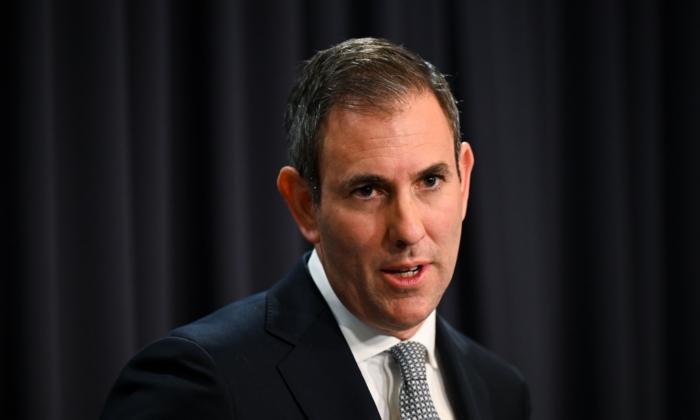Sky-high prices for Australia’s commodity exports and robust jobs growth have helped the federal government land a record $22.1 billion (US$14.2 billion) surplus.
Federal finances are still expected to fall back into deficit in this 2023/24 year, based on Treasury forecasts, although a second surplus cannot be ruled out given the uncertain economic environment.
The surplus posted for the 2022/23 financial year is the first time in 15 years a government has brought in more revenue than it spent.
The last surplus was delivered under the Howard coalition government in 2007/08, not long before the global financial crisis.
The 2022/23 figure is well above the slender $4.3 billion (US$2.8 billion) forecast in the May budget.
Tax receipts came in $13.2 billion (US$8.5 billion) higher than estimated in the budget, driven by higher corporate tax collection buoyed by stronger commodity prices in the resources sector.
Payments were $4 billion (US$2.6 billion) lower than estimated in the budget to reflect lower-than-estimated demand for health and aged care programs.
Treasurer Jim Chalmers said a stronger budget would serve as the foundation to “build everything that we want to do for our people and our society”.
“The $100 billion (US$64.4 billion) turnaround achieved in our first year in office is the biggest nominal budget improvement in Australian history,” Dr. Chalrmers said when releasing the final budget outcome statement.
People working and earning more was the biggest contributor to the budget improvement, followed by commodity prices, Dr. Chalmers said.
Treasury forecasts have the budget falling into deficit again this year as commodity prices continue to moderate.
Yet Dr. Chalmers said there was a lot that could happen between now and the May budget next year.
“There’s an element of unpredictability when it comes to revenue at the moment because the global economic environment is uncertain, particularly in China.”
Opposition finance spokeswoman Jane Hume said the real test of the government would be keeping the budget in the black for more than one year.
“Jim Chalmers has waved the white flag on that,” Ms. Hume told Sky News.
Ms. Hume said the 2022/23 surplus was a product of the former coalition’s economic management, high commodity prices, and inflation pushing individuals into high tax brackets.
“We’re paying more tax to get this surplus,” Ms. Hume said.
The budget numbers had “hugely improved” and managed to bring net debt as a share of the economy back to pre-COVID levels, economist and budget expert Chris Richardson said.
Mr. Richardson said the higher-than-expected number was largely a consequence of Treasury failing to accurately guess the impact of “war and inflation” on tax collection.
“To be clear, that money was always there, and it had nothing to do with the change of government,” Mr. Richardson said.
Dr. Chalmers asserted the federal government’s fiscal management had played a role in the improved budget position.
The government’s decision to bank most of the revenue upgrades “has been exactly right for the times and suited to the challenges we confront,” Dr. Chalmers said.
The strategy has lowered gross debt by $87.2 billion (US$56.2 billion) compared with pre-election estimates, saving taxpayers $12 billion (US$7.7 billion) in interest payments.
The improvement to the budget bottom line is expected to be fleeting as structural pressures start to weigh on the public purse.
The Intergenerational Report released in August showed the budget returning to deficits to reflect growing spending on health and aged care, the National Disability Insurance Scheme, defence and interest payments on government debt.







